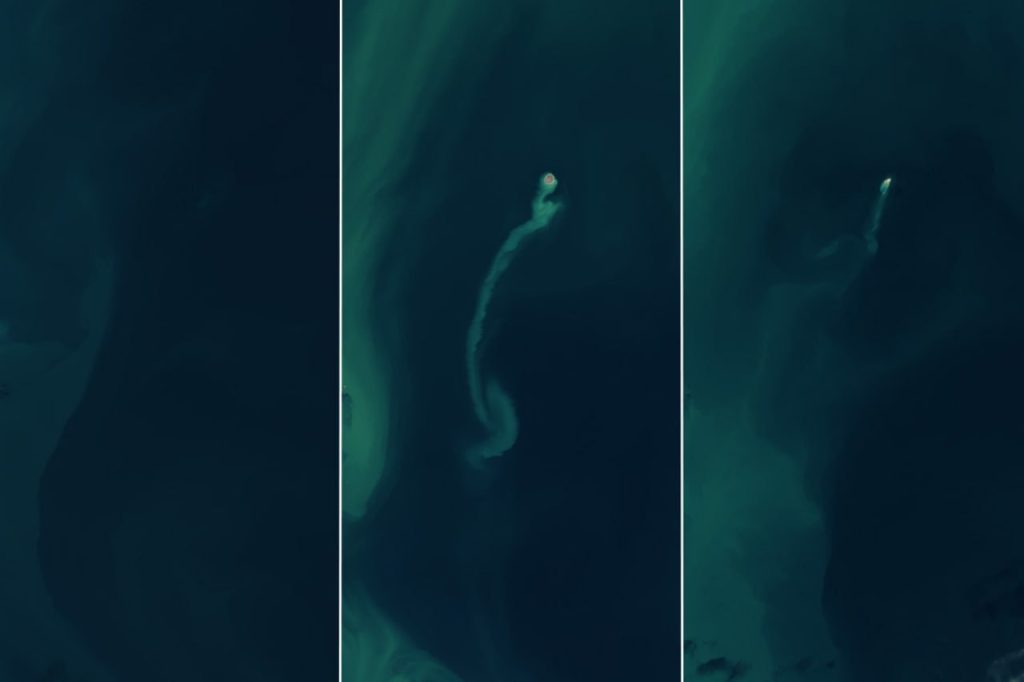Strange things are happening in the Caspian Sea: an island keeps appearing and disappearing (photo)
NASA has released satellite images of a mysteriously disappearing "ghost island" in the Caspian Sea, off the coast of Azerbaijan. What is behind this unique phenomenon?
January 16, 2025 16:15
The island is associated with a mud volcano
The eruption of the Kumani Bank mud volcano, also known as Chigil-Deniz, occurred in early 2023. This volcano is located approximately 24 kilometres off the eastern coast of Azerbaijan. This event is believed to be the cause of the mysterious island phenomenon.
Although mud volcanoes have not yet been fully studied, they arise where layers of liquid sediments (such as silt and clay) accumulate underground and are pressured by tectonic activity. This usually occurs near the boundaries of the Earth's crustal plates or where hydrocarbon gases accumulate.
The compacted sediments are pushed to the surface and form mud hills. These eruptions can be dangerous because they are sometimes accompanied by flammable gases or even pillars of flame.
NASA scientists say that mud volcanoes may not be unique to Earth, but also to the northern lowlands of Mars.
What does the mysterious island look like?
A series of images from NASA's Landsat 8 and Landsat 9 satellites show how the island appeared in the sea and almost completely disappeared by the end of next year.

According to NASA, the image on the left shows part of the volcano's ridge below the surface. The middle image, taken in 2023, shows a raised island from which a plume of sediment is flowing.
The last photograph, taken on 25 December 2024, shows a much reduced part of the Kumani coast above the water.
Kumani Bank has caused temporary islands before
This is not the first time that Kumani Bank - a volcano whose eruption created a temporary island - has produced such a feature.
In May 1861, a similar event led to the formation of an island just 87 metres across and 3.5 metres above the water. By the beginning of 1862, it had collapsed.
The most powerful eruption of the Kumani Bank occurred in 1950, forming an island 700 metres wide and 6 metres high.
According to NASA, Azerbaijan has a particularly high concentration of mud volcanoes because of its location at the collision point of the Arabian and Eurasian tectonic plates.




